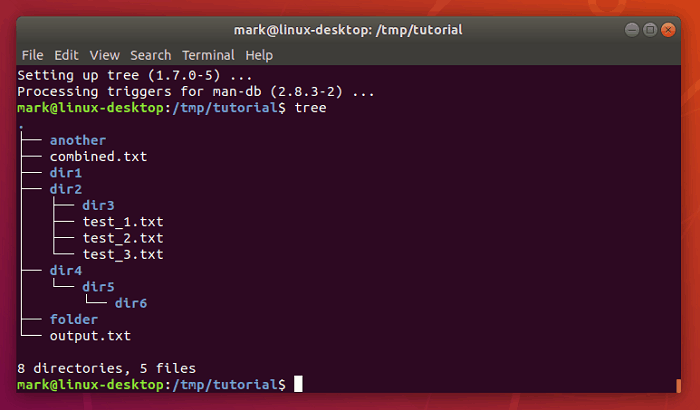
Mv - Move files and directories from one location to another, and optionally rename them. Rename files such that all uppercase letters are changed to their lowercase equivalents. For instance, this command would rename the file " project.bak" to " project". Rename all files matching " *.bak" to strip the file name of its extension.

rename then reads its file list from standard input. jpg ( -name '*.jpg') to rename via a pipe ( |).

#LINUX RENAME HOW TO#
This example also illustrates how to use the find command to send a list of files ( -type f) with the extension.

For instance, this command would rename the file " ourholiday001.jpg" to " ourhoneymoon001.jpg". jpg", if they contain the string " holiday", replace it with " honeymoon". find -type f -name '*.jpg' | rename 's/holiday/honeymoon/'įor all files with the extension ". would translate every lowercase letter into its uppercase equivalent. This also works for charsets defined as ranges. would translate every letter a into the letter d, every b into an e, etc. (These sets are like the character sets above, except you don't need to put them in brackets.) For example, the translation expression: y/abc/def/ where each character in the set charset1, in order, is to be translated into the corresponding character from the character set charset2. Translation expressions are specified as follows: y/ charset1/ charset2/ It can translate one string to another, character-for-character. This switch is equivalent to the character set ' 'Ī "zero-width" matching assertion that matches any "word boundary".Ī "zero-width" matching assertion that matches any non-"word boundary". Matches any single non-whitespace character. Matches any single whitespace character (space, tab, newline). Matches any single character classified as a "word" character (an alphanumeric character or an underscore ' _').
#LINUX RENAME PLUS#
For instance, ' \+' matches a literal ' +' (instead of the plus symbol having its special metacharacter meaning). For instance, ' a' matches two or more consecutive b characters.Įscapes a metacharacter so it is treated literally. If used after a repetition modifier, ' ?' specifies that the shortest possible match should be used. Match occurrences of the preceding character, or group of characters, zero or one times. Matches occurrences of the preceding character, or group of characters, one or more times. Matches occurrences of the preceding character, or group of characters, zero or more times. These are some common metacharacters used in a Perl Expression: metacharacters They are used in an expression to precisely define which strings should be matched and replaced. The g and i modifiers may both be specified in the same expression, to perform case-insensitive global substitution, for example: s/silly/foolish/gi MetacharactersĪ metacharacter is a character (or characters) with a special meaning. would substitute ' SILLY', ' Silly', or ' siLLY' with ' foolish'. To perform matching in a case-insensitive manner, add an i at the end of the substitution expression.

would substitute every occurrence of ' silly' with ' foolish', no matter how many times it occurs. To perform global substitution (that is, to substitute expr2 for expr1 as many times as expr1 occurs), add the modifier g at the end of the substitution expression. would substitute the first occurrence of the string ' silly' with the string ' foolish'. where expr1 is an expression describing the string you want to replace, and expr2 is an expression describing the string you want to replace. To substitute one expression for another, the form of perlexpr is: s/ expr1/ expr2/ Perl regular expressions is a complex and nuanced subject, but here is a brief overview: Substitution The perlexpr argument is a regular expression as used by the Perl programming language. No Action: show what files would be renamed. Verbose: print names of files successfully renamed. Syntax rename perlexpr Options -v, -verbose If no file names are given on the command line, file names are read via standard input. If a specified file is not modified by the expression, it is not renamed. Rename renames the named files according to the regular expression perlexpr.


 0 kommentar(er)
0 kommentar(er)
